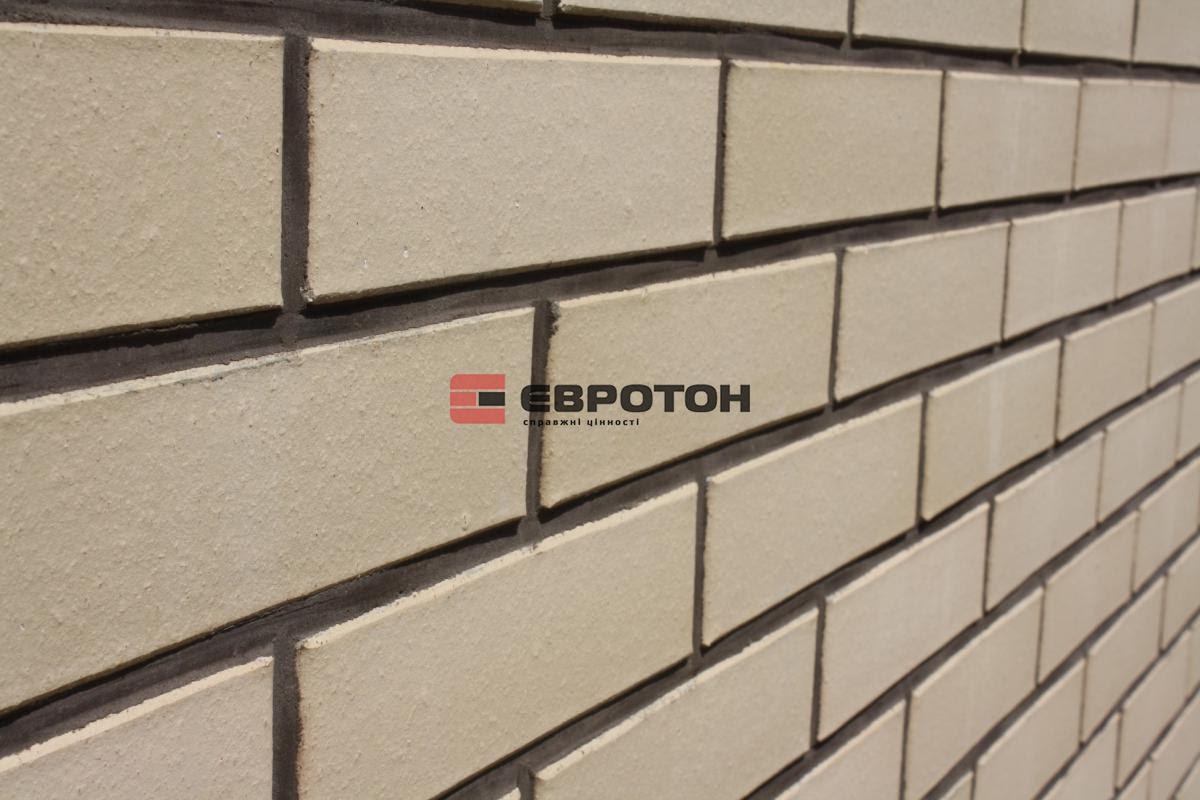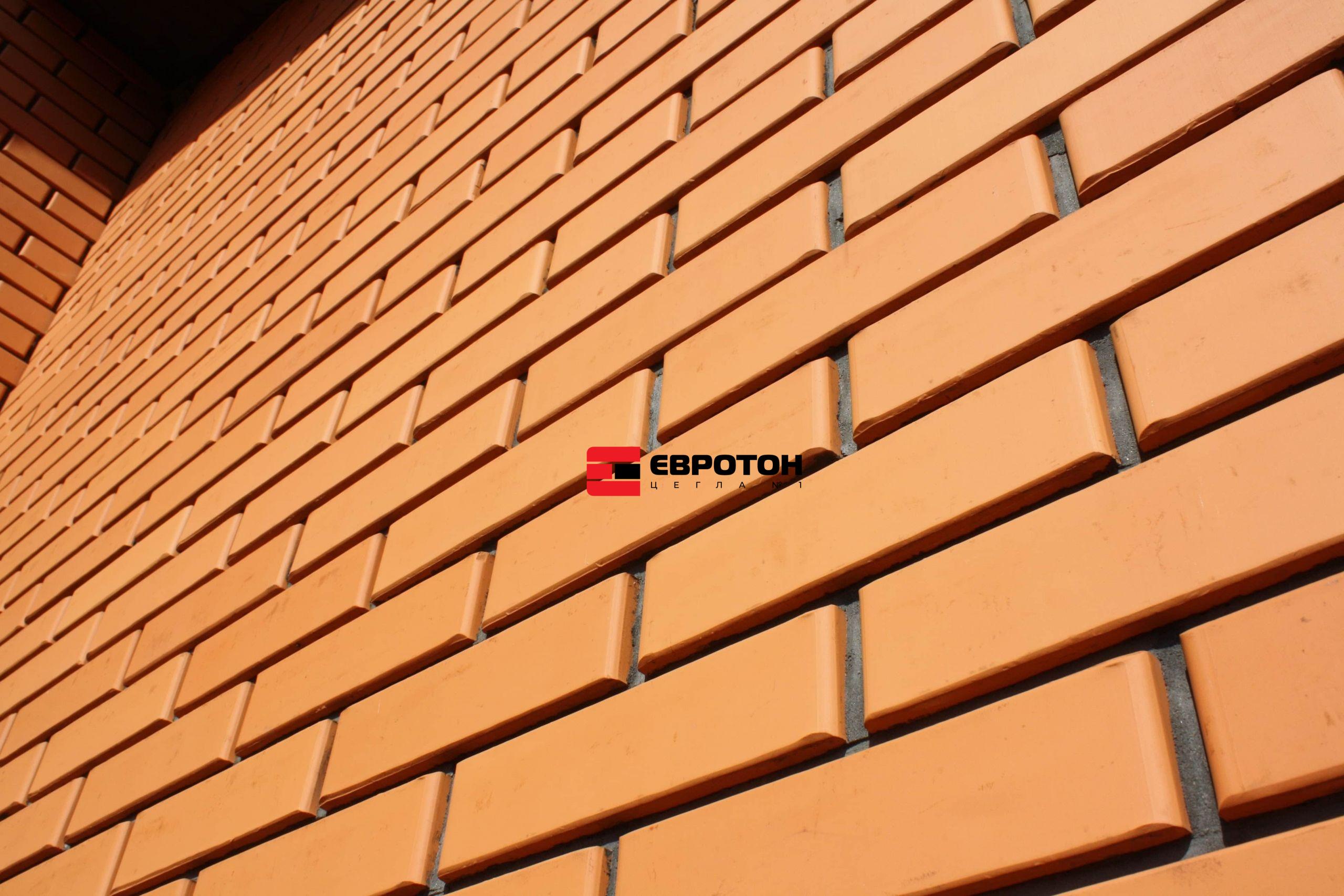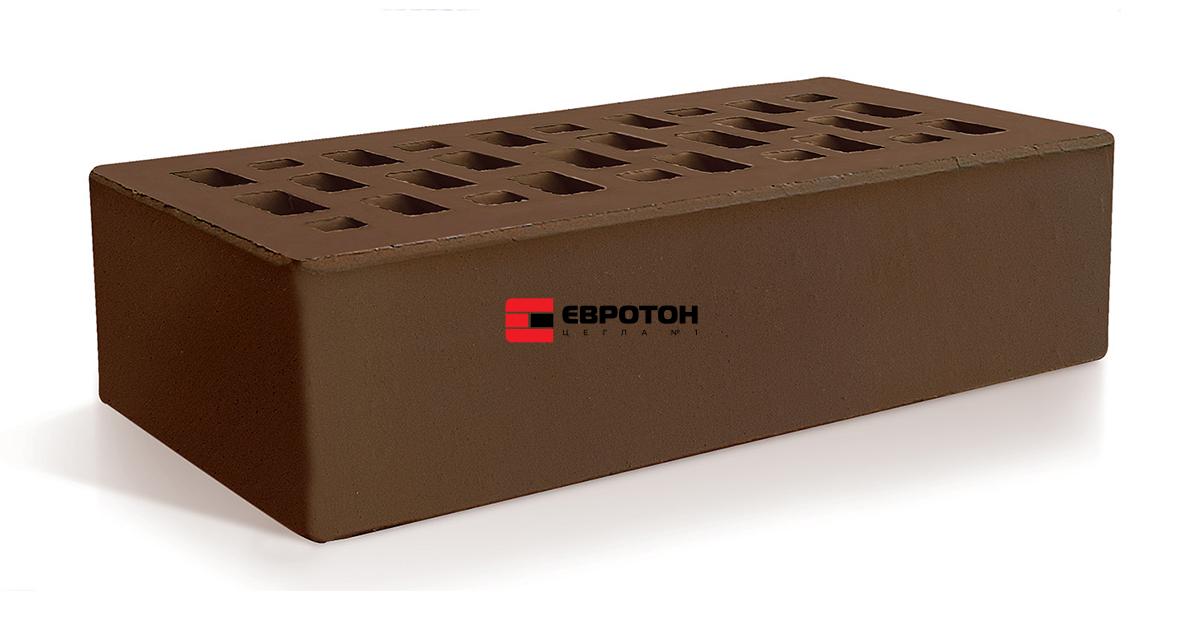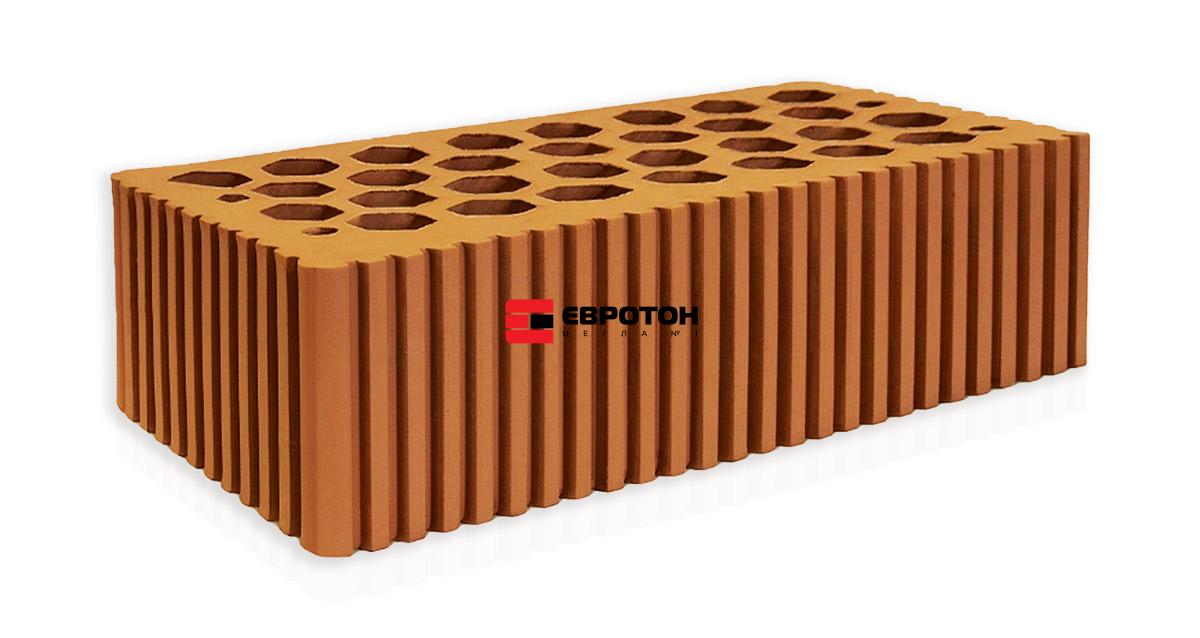When we decided to use in construction work ordinary ceramic products (load-bearing, non-load-bearing and self-load-bearing walls), we immediately encounter such basic technical characteristics as strength, water absorption, frost resistance, thermal conductivity , density.
We suggest that you take just a few minutes of your time and briefly read the meanings of these abbreviations.
STRENGTH or BRAND

This is probably the most important technical characteristic.
THE STRENGTH of ordinary brick / ceramic stone can vary from M50 to M150. “M” is a brand of strength index.
“50” – “150” – numbers denoting the pressure that is guaranteed to withstand a brick per unit area equal to one square centimeter (in kgf / sq. Cm or MPa) and not be deformed.
For example, the brand of brick M125 means that the brick is guaranteed to withstand a load of 125 kg per square centimeter.
The higher the strength grade, the higher its density. The higher the density, the greater the specific gravity. Accordingly, the M-150 brick will be heavier than the M-75 brick.
Check the strength of the brick in special laboratories that are able to determine the brand of brick. By the way, we have such a laboratory at the plant.
Our brick complies with the standards of DSTU B B.2.7-61: 2008 (EN 771-1: 2003, NEQ).
Method №1
When buying a brick, tap the brick with your fist. If the brick makes a ringing sound, then this is what you need! If the brick makes a muffled sound – the brick is defective.
Method №2
Pay for one brick and throw it on the ground from a human height. If the brick does not break or will break into several large fragments – it is a quality brick. If it crumbles into many small pieces – defective.
Unfortunately, there are cases that the real strength of the brick does not match its brand. Defective bricks may have less strength than specified in the documentation.
Brand of brick and its practical application:
M75 and M100 – fences, fences, individual houses.
M125 – multi-storey buildings.
M150 – foundation and basement in places of maximum load.
WATER ABSORPTION
Water absorption of bricks is one of the most important technical characteristics. And yes, let’s look at why this characteristic is so important.
Water absorption is the ability to absorb and store moisture. The water absorption index shows how much moisture, as a percentage of the volume of bricks, absorbs the product.
The water absorption coefficient can be from 6% to 15% (depending on whether the cavity is hollow or solid).
Our brick complies with the standards of DSTU B B.2.7-61: 2008 (EN 771-1: 2003, NEQ). Water absorption is directly related to strength and ability to withstand loads.
The higher the water absorption, the lower the level of structural strength and, accordingly, resistance to low temperatures.
FROST RESISTANCE

Frost resistance – shows how many cycles, in a water-saturated state of freezing and thawing, the brick can withstand and at the same time not lose its strength and weight, not to crack, not to crumble, etc.
That is, in other words – do not lose their technical characteristics.
Frost resistance of ordinary brick / ceramic stone can vary from F15 to F70. “F” – designation of the frost resistance characteristic .
“15” – “75” – numbers indicating the number of cycles of freezing and thawing.
For example, the frost resistance mark of brick F35 means that the brick can withstand at least 35 cycles of “freezing – thawing” without external damage.
Our brick meets the standards of DSTU B B.2.7-61: 2008 (EN 771-1: 2003, NEQ)
THERMAL CONDUCTIVITY
This characteristic shows how well the brick conducts heat through itself. This indicator is very important when choosing a building material. Denoted by a coefficient (CT) or λ, and thermal energy is measured in watts. – W / m * deg.
“W” – thermal energy;
“M” – 1 millimeter;
“Hail” – 1 degree.
It reads as follows – thermal energy is constantly decreasing when the distance in the wall is 1 mm with a temperature difference of 1 degree. The less energy is lost, the better. Therefore, materials with a lower thermal conductivity are “warmer”.
Our brick complies with the standards of DSTU B B.2.7-61: 2008 (EN 771-1: 2003, NEQ).
DENSITY
Each brick has such a characteristic as the average density.
Density is a physical quantity that is the ratio of the substance or material m (kg) mass to the volume occupied by it Vest (m3), including voids and pores: m / Vest.
According to the average density of the material, its thermal conductivity can be considered and used as one of the main technical characteristics of the material thermal conductivity, as this value is inversely proportional to the porosity.
Our brick meets the standards of DSTU B B.2.7-61: 2008 (EN 771-1: 2003, NEQ)






